(48034 products available)




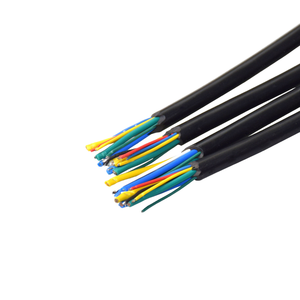
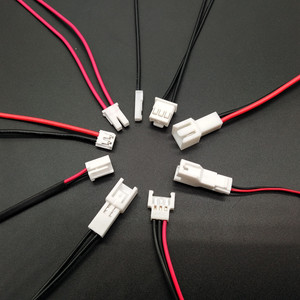

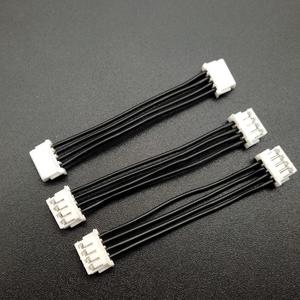












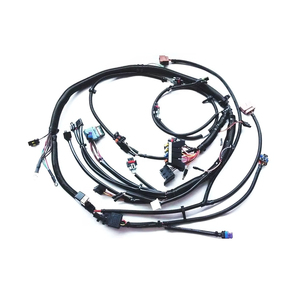

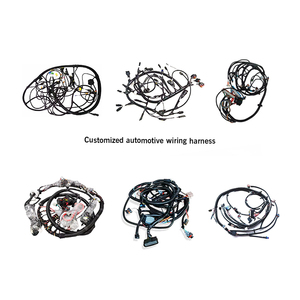









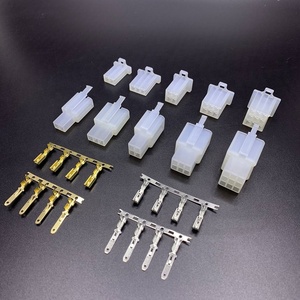



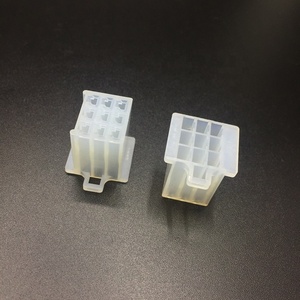
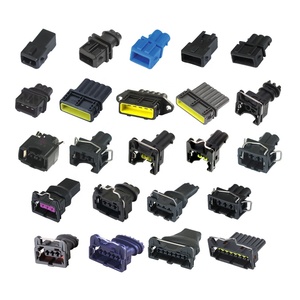












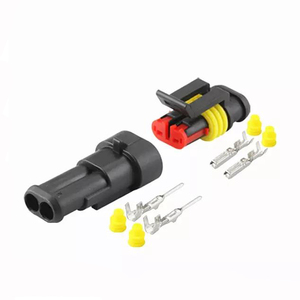






















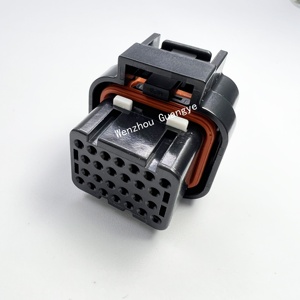











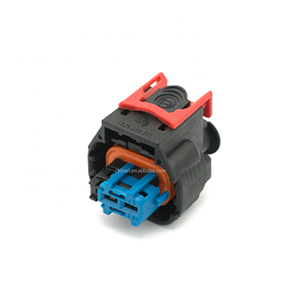




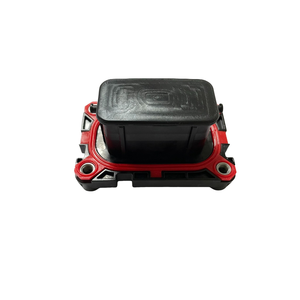
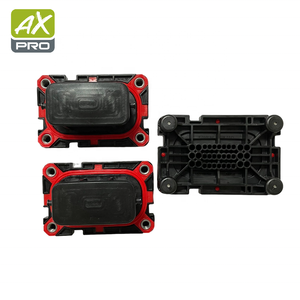


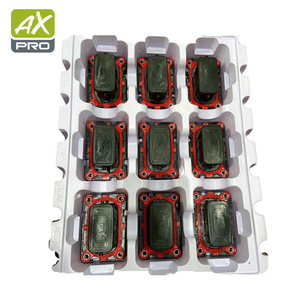




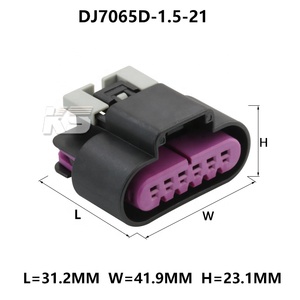









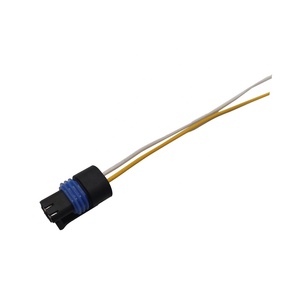


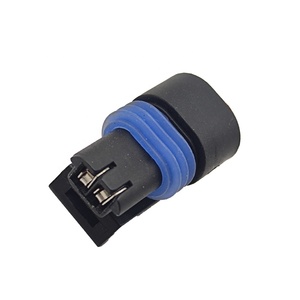
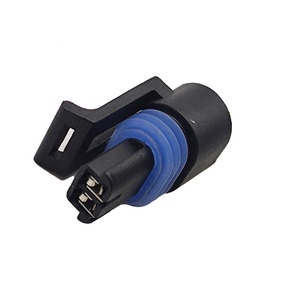









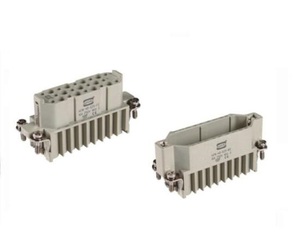
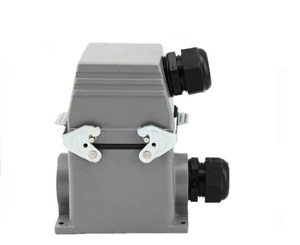

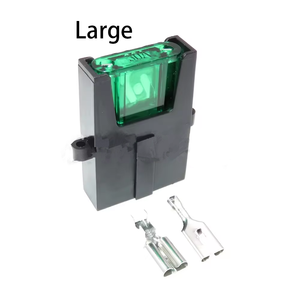

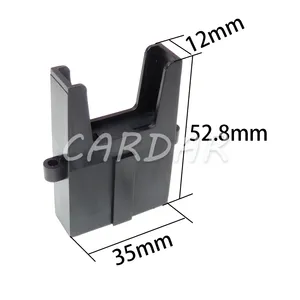



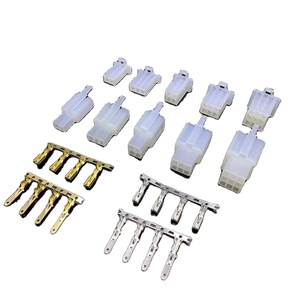

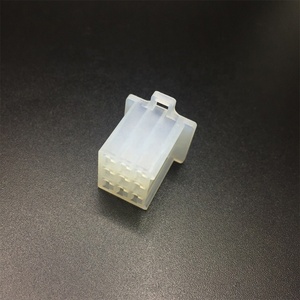

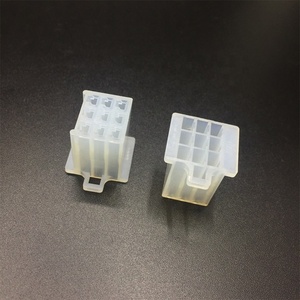











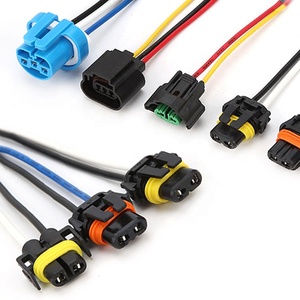




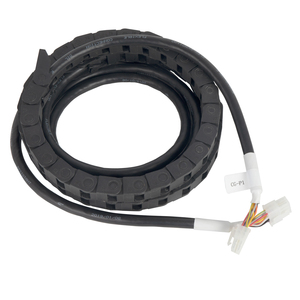





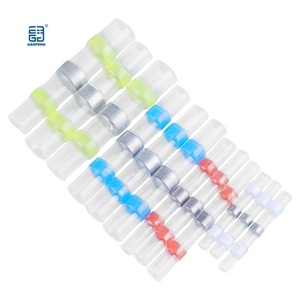








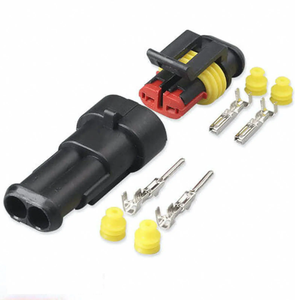
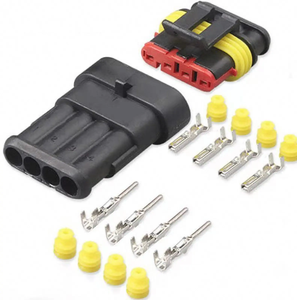


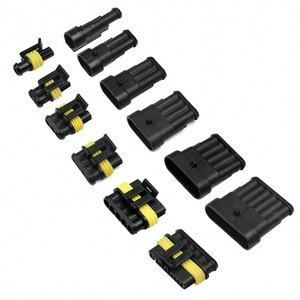







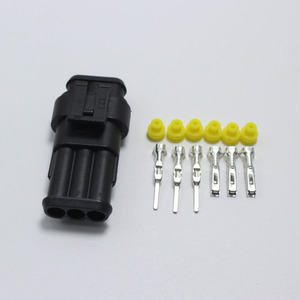



Auto electrical connectors can be classified into several types. These are further expounded on as follows:
Wire-to-Wire Connectors
These connectors facilitate the connection of two wires directly. This is usually done through soldering or crimping. Their main function is to allow the extension of a single wire across multiple points. This ensures that electrical signals do not lose strength in their transmission.
Wire-to-Device Connectors
This type of connector connects a wire directly to a device such as a sensor or a light. It is usually molded into the device to allow easy installation without requiring additional hardware. These connectors ensure strong signal continuity and become the means of power transmission to devices.
Series Connectors
These connectors are used when devices need to be connected in a series, whereby the current flows through each device sequentially. Often found in systems such as string lighting or alarm systems, where component failure requires quick isolation. They are instrumental in facilitating easy troubleshooting and minimal downtime in operations.
Hybrid Connectors
Hybrid electrical connectors carry both power and data simultaneously in one housing. Often used in automotive applications, where sensors, cameras, and other systems require this function. They can significantly reduce the wiring complexity within a vehicle.
Wireless Connectors
These connectors, while not traditional in the physical sense, transmit signals via radio frequency, infrared, or Bluetooth. They are commonly used in modern vehicles for systems such as keyless entry or Bluetooth connectivity. These auto electrical connectors facilitate minimal design changes as there is no need for physical wiring.
The major function of these auto electrical connectors is to link different parts of a vehicle's electrical system. It does this by facilitating the transfer of electrical current or signals between components. Note that these connectors come in handy when one is trying to maintain signal integrity and ensure there is uninterrupted power delivery throughout the system.
Additionally, some facilitate easy repairs by allowing quick disconnection and reconnection with minimal disruption. For example, to facilitate the disconnection of a part without affecting the interconnected wiring harness. This makes troubleshooting and part replacements faster and more efficient.
Diversity
Auto electrical connectors come in widely differing sizes, shapes, and pin configurations to cater to different applications. This depends on the requisites of the vehicle systems and the manufacturer's standards. This variance warrants that a vehicle's specific needs get addressed.
Water and Dust Resistance
Most of the electrical connectors, especially those used in outdoor applications, are designed to be water and dust resistant. They have protective casings or seals that prevent debris and moisture from affecting the connector. This helps to increase the longevity of the connector while reducing necessitated maintenance.
Temperature Tolerance
These connectors are made to perform effectively under extreme temperature conditions. As such, they are made of materials that do not degrade or lose efficiency at high or low temperatures. Vehicles operate in various environments, so this feature is critical to one's auto electrical connector's performance.
High Electrical Load Capacity
Auto electrical connectors are capable of carrying high-current loads, particularly in systems that demand such service. The connectors are engineered with thicker contacts and better materials that can withstand higher electrical loads. Further, this reduces the likelihood of overheating or damage to the connectors.
Auto electrical connector design considerations include those features based on functionality and durability. All the materials used in a connector's construction are premium-grade materials that guarantee conductivity and resistance to wear.
The locking mechanisms are designed to secure the connector firmly in place to avoid unintentional disconnections. Besides, there are diverse design elements that enhance easy connection and disconnection as well as protection for the connector terminals from damage and exposure.
Thus, the design of these auto electrical connectors, including their varieties, features, and functions, ensures that automotive electrical systems maintain operational integrity and reliability.
There are several situations for the application of auto electrical connectors. These include the following 5 scenarios:
Vehicle Manufacturing
Auto electrical connectors are used during the manufacturing process of vehicles. They then bring together disparate components such as the engine, lighting system, and dashboard electronics. The connectors make it possible to create an electrical system that works broadly without the entailing of additional steps.
Automotive Repair and Maintenance
Auto electrical connectors are especially important in vehicle repair. Mechanics use them to replace malfunctioning parts or to reconnect disconnected wiring systems. A great component convenience means repairs are expedited, and maintenance is greatly simplified in automobiles.
Aftermarket Modifications
Auto electrical connectors become handy in making electrical system modifications in vehicles. These modifications could be adding new stereos, installing lighting systems, or setting up alarm systems. They allow seamless integration of new components without needing complicated rewiring.
sensor Integration
Auto electrical connectors facilitate the connection of sensors to the vehicle's electrical system. The most common sensors are those for monitoring systems such as fuel, temperature, and speed. This enables the data communication from the sensor to the central processing unit to promote better operation.
Testing and Prototyping
Auto electrical connectors are integrated into the prototyping stage of automotive electrical systems to facilitate testing. In this stage, the systems get connected to diagnostic tools to test for performance and stability. These connectors offer the design engineers the flexibility to make changes during the testing, which is critical for achieving an optimal product before reaching mass production.
When choosing the correct auto electrical connectors, one needs to factor in several vital elements. They are as follows:
Vehicle Compatibility
Choose a connector compatible with the vehicle's electrical and wiring system. It ensures that the electrical current and signals properly translated between components. Connector specifications usually contain information concerning the systems they are compatible with.
Be Mindful of the Load Carrying Capacity
The electrical connector must withstand the current the electrical system is carrying. A high-current system needs a connector with a higher load capacity, while a low-current system does not. This ensures the connectors do not burn out or overheat while in use.
Weather and Dust Rating
If the application is for outdoor or adverse conditions, go for connectors with solid weather sealing and dust protection. Look for connectors with an IP (Ingress Protection) rating of 65 or higher. These ratings guarantee that the connector will resist moisture, debris, and other environmental contaminants.
Ease of Installation
Some connectors come with quick and easy plug-and-play installation features, while others are more complex. For the latter, it would force one to have special tools or skills. Easy-to-install connectors save time and labor costs, especially when multiple connections are required.
Connector Material and Sealant
Go for high-quality materials for the electrical connector's construction, such as copper or brass, for good conductivity. Also, look for weatherproof seals made from silicone or rubber. Silicone and rubber seals prevent moisture and dust from contaminating the electrical contacts and increasing the lifespan of the connector.
Budget Considerations
While quality is of the essence, there are cheaper connectors that get the job done. Weigh up between what your long-term needs are versus the short-term. Factor in how harshly the connector might need to be treated. Sometimes saving money now could result in dearer costs in the future, especially if replacing or repairing is highly demanded.
A1. They are devices used to unite disparate components of a vehicle's electrical system. They transfer electrical signals between wires to parts like sensors and the ignition system.
A2. There are several types: Wire-to-Wire, Wire-to-Device, Series, Hybrid, and Wireless Connectors. Each connector serves a particular function, depending on the application's requirements.
A3. The most essential factors would be: vehicle compatibility, current rating, and ease of installation. Weatherproofing, quality, and budget considerations are crucial, too.
A4. Yes, many auto electrical connectors come standard with water and dust resistance. Look for connectors with silicone or rubber seals; they prevent moisture and dust contamination.